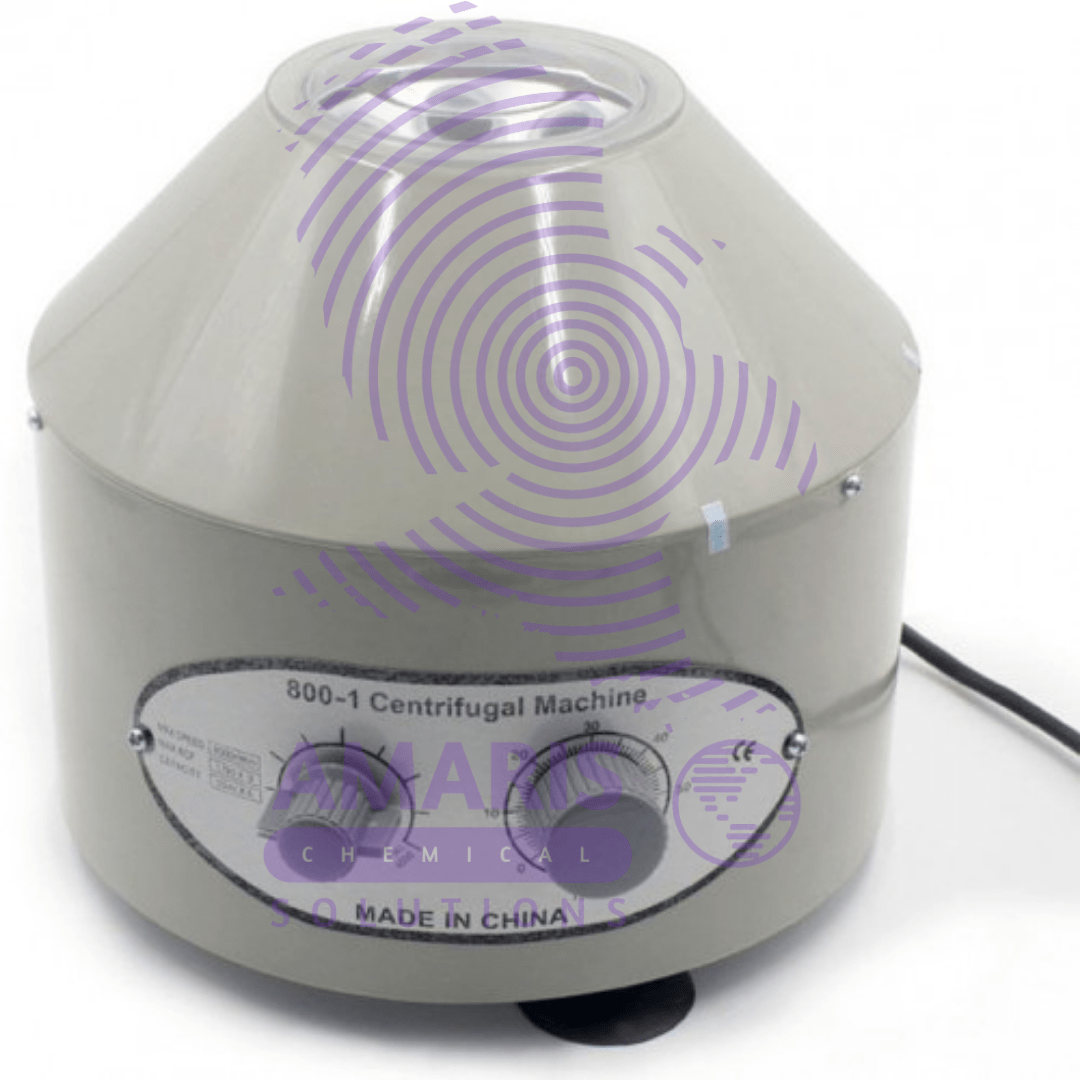centrifudge electrical
Uses of centrifudge electrical Centrifuge Electrical
Driving the Rotor:
The primary electrical use of a centrifuge is to power the motor that drives the rotation of the rotor. The rotor holds the samples and spins at high speeds to separate components based on their density.
Control and Monitoring:
Electrical components are used for controlling and monitoring the operation of the centrifuge. This includes setting parameters such as speed, duration, and sometimes temperature through electronic control panels. Sensors may also be employed to monitor factors like speed, temperature, and rotor balance.
Safety Mechanisms:
Electrical systems in centrifuges often include safety mechanisms to prevent accidents and damage. For example, lid locks ensure that the centrifuge cannot be opened while it’s in operation, preventing exposure to potentially hazardous samples. Imbalance detection systems monitor the distribution of mass in the rotor and automatically shut down the centrifuge if imbalance is detected, preventing damage to the machine and ensuring user safety.
Data Recording and Analysis:
Some advanced centrifuges may feature electrical systems for data recording and analysis. This can include logging of operation parameters for quality control purposes or for research and analysis purposes.
Power Supply:
Centrifuges require electrical power to operate. They are typically connected to standard electrical outlets or may require specific voltage and frequency depending on the model.
People also bought
Angie’s Boomchickapop Sweet & Salty Lupin Beans In Water
$4.00 – $6.00Fresh Cutlets of lamb t-bone
$4.00 – $6.00Our Services
Shipping
Worldwide shipping
Delivery
Timely Delivery
Secure Payment
Safe & Secure Payment
Support 24/7
Contact 24 Hours Day












Reviews
There are no reviews yet.